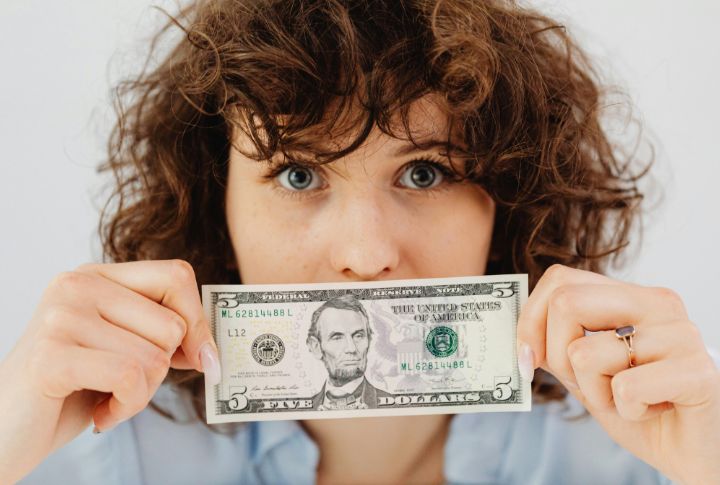
Which currencies top the charts as the most valuable? Some legal tenders hold immense power, which makes a significant impact on global markets. If you’re eager to learn more about the strongest currencies today, we’ve got you covered. Let’s explore the 20 most valuable currencies that are ruling the world right now.
Kuwaiti Dinar
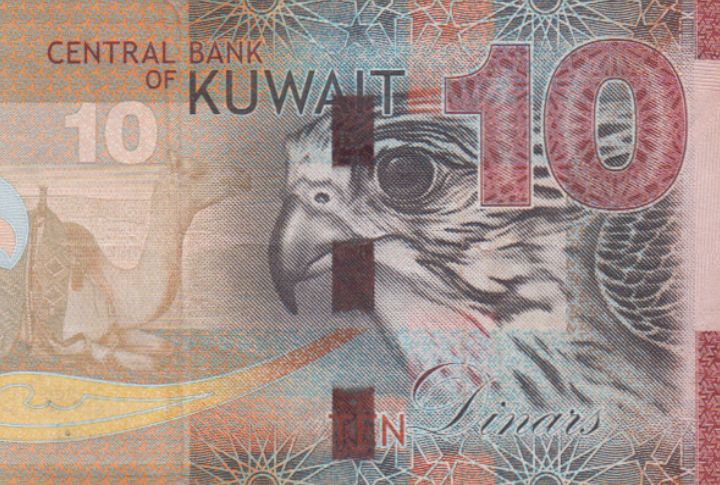
Kuwaiti Dinar (KWD) ranks as the world’s strongest currency, with a value exceeding 3 US dollars. This is driven by Kuwait’s extensive oil reserves and effective fiscal strategies. Additionally, the country’s strategic investments and controlled currency supply help sustain its high value on the global market.
Bahraini Dinar

With each unit worth around 2.65 US dollars, the Bahraini Dinar reflects years of careful monetary governance. Bahrain’s focus on low inflation and pegged exchange mechanisms contributes to its high valuation. Despite its small size, the country maintains a strong currency thanks to disciplined fiscal execution and diversified income sources.
Omani Rial
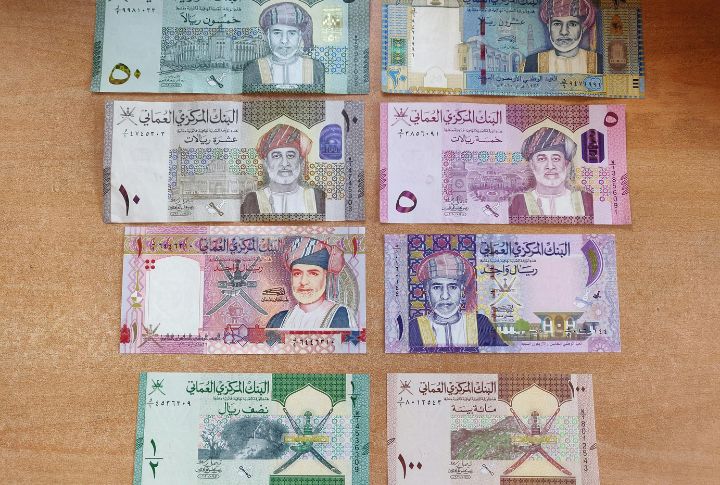
The Omani Rial’s value consistently surpasses 2.6 US dollars, underscoring the Sultanate’s focus on financial responsibility. Oman enforces strict regulatory controls and long-term planning, which have helped maintain the Rial’s strength. It also stands out for its conservative issuance policies and careful oversight by the central bank.
Jordanian Dinar
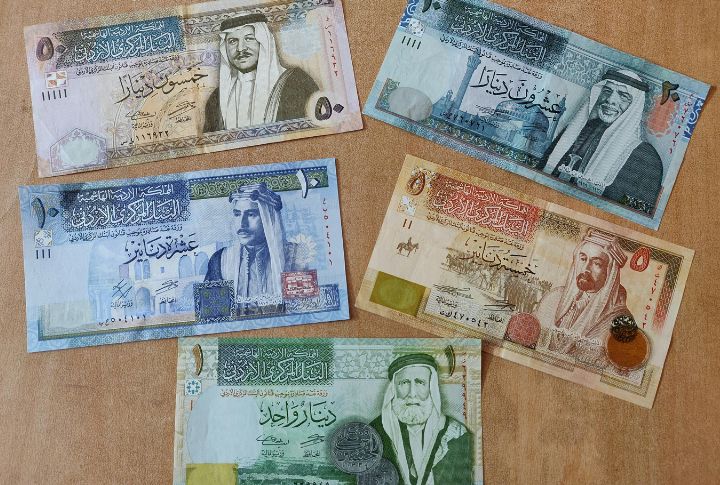
Unlike most currencies, the Jordanian Dinar holds a fixed rate to the US dollar, typically set at 1.41 USD. This setup offers steady value despite regional economic shifts. Its stability makes it a trusted option for financial planning and secure transactions, giving individuals and businesses a sense of predictability in uncertain markets.
Swiss Franc
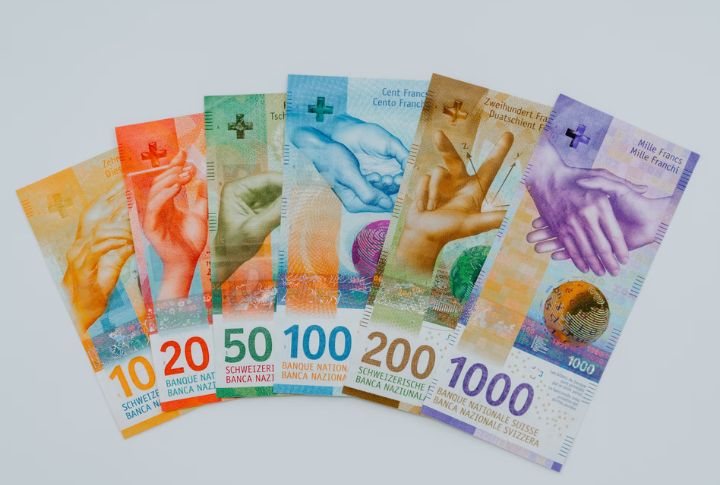
The Swiss Franc (CHF), trading around 1.21 USD, is considered a financial safe zone thanks to Switzerland’s long-standing neutrality and dependable banking infrastructure. It often gains strength during global uncertainty, acting as a cushion against volatile markets. Careful national budgeting and consistent monetary practices further contribute to the Franc’s trusted global image.
British Pound Sterling
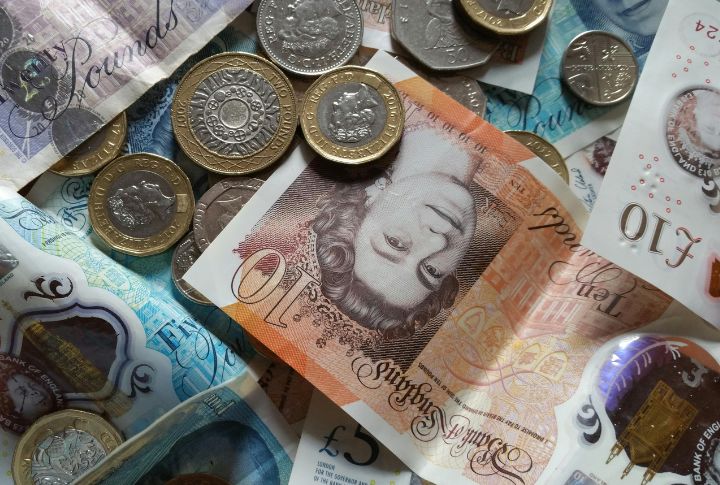
Known for both its longevity and high worth, the British Pound Sterling (GBP) typically trades for 1.35 US dollars. Its enduring strength reflects centuries of trade leadership and institutional trust. Recognized for its high conversion rate, the Pound remains a preferred choice for those navigating global business and international travel.
Cayman Islands Dollar
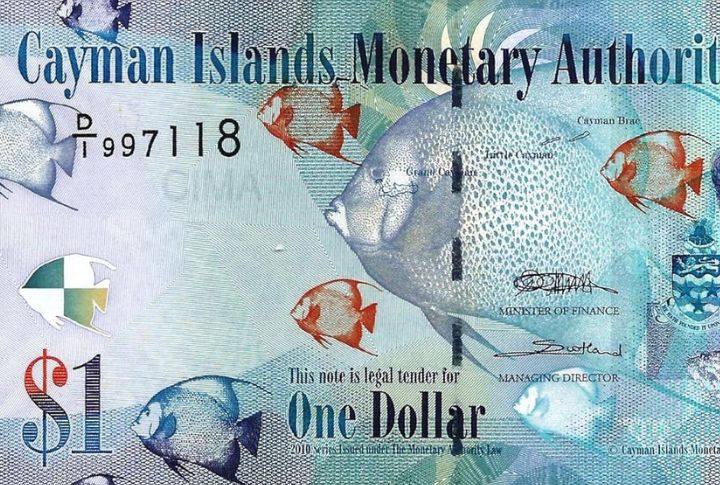
Few currencies punch above their weight, quite like the Cayman Islands Dollar. Holding firm near 1.20 USD, it showcases the islands’ reputation as a global financial getaway. With no direct taxes, a calm political scene, and tightly run financial laws, the KYD manages to stay reliable without making much noise.
Euro
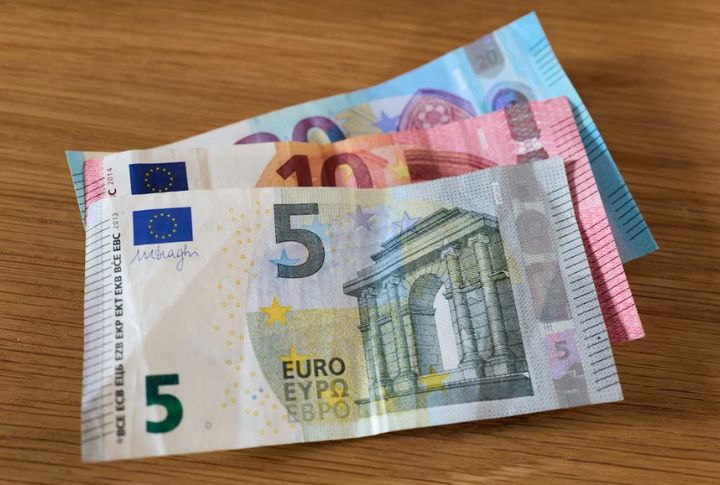
Not every currency has 20 countries behind it, but the Euro does. Instead of dozens of national currencies, Europe chose one voice for trade, travel, and finance. That decision gave the Euro real weight of 1.13 USD, to be exact. It’s not just a convenience. It’s a collective vote for unity on the world stage.
US Dollar
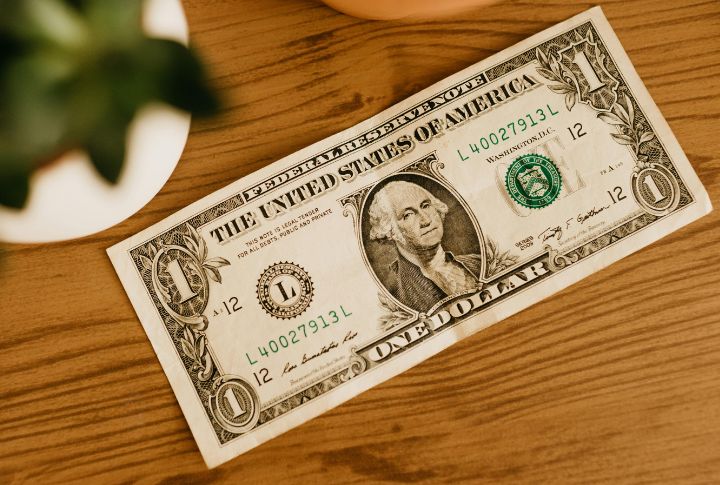
When people think of global currency, this is the one that comes to mind. Pegged firmly at 1 USD, the US Dollar isn’t just used; it is relied on. From international contracts to national reserves, the dollar plays a central role. The currency’s influence is shaped by consistency, global reach, and a quiet command over trade.
Singapore Dollar
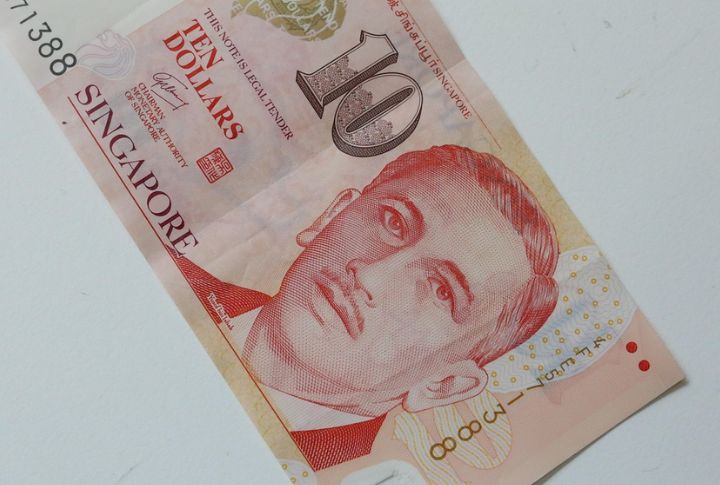
The Singapore Dollar is currently valued at 0.780 USD, highlighting the city-state’s rising influence in global finance. Singapore’s status as a major trade hub, combined with well-managed currency policies, helps keep the SGD reliable. So, in unpredictable markets, it remains a dependable choice for regional and international use.
Brunei Dollar
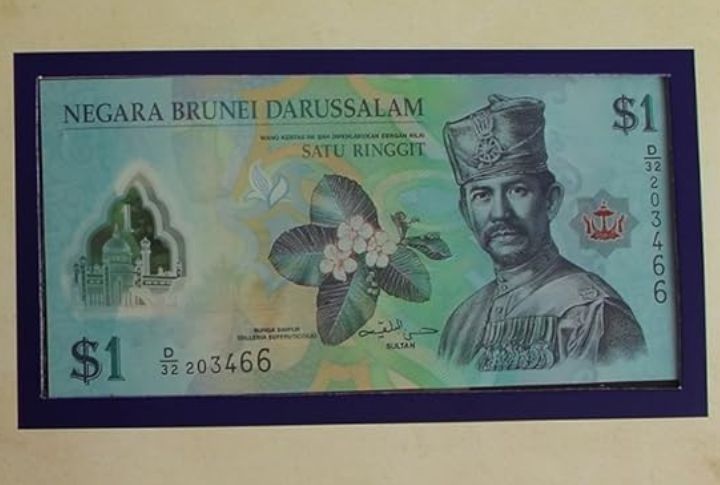
Ever heard of a currency that stays calm no matter what the markets are doing? That’s the Brunei Dollar. Tied to the Singapore Dollar, it holds steady at 0.780 USD. Fueled by oil revenues and guided by consistent leadership, Brunei’s currency offers quiet strength in a region full of movement.
Canadian Dollar

Canada’s natural resources do more than power industries—they help anchor its currency. The Canadian Dollar holds a current rate of 0.7250 USD, supported by steady global demand for oil, timber, and minerals. Known as the Loonie, it also continues to perform reliably on the world stage through strong export-driven momentum.
Australian Dollar
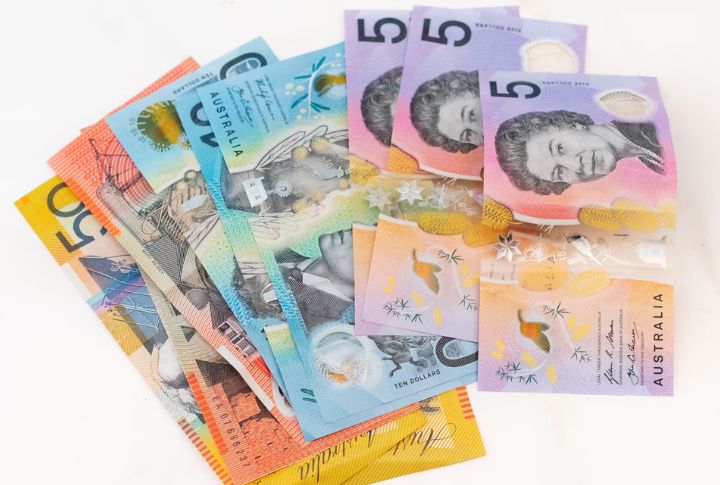
Australia’s currency draws strength from the success of its natural exports. Valued at 0.6440 USD, the Australian Dollar benefits from the country’s role as a leading supplier of resources like iron ore and coal. Movement in the AUD often mirrors global shifts in raw material demand, securing its place in international markets.
New Zealand Dollar
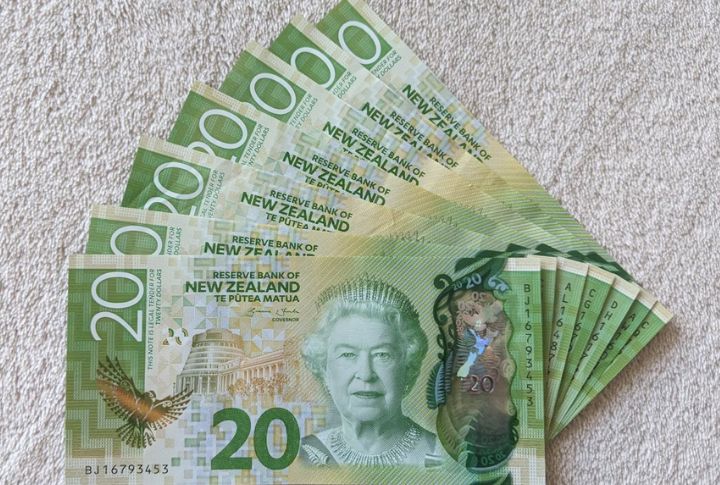
The New Zealand Dollar, known as the Kiwi, holds a current exchange rate of 0.6000 USD. Agriculture remains a key pillar of the nation’s trade, helping to maintain demand for its currency. Strong monetary discipline and historically low inflation help position the NZD as a dependable option in both regional and global transactions.
Israeli Shekel

Currently exchanging for 0.2800 USD, the Israeli Shekel gains traction through the country’s leadership in advanced technologies. Whether in biotech labs or cybersecurity firms, innovation drives Shekel’s upward movement. Its strength tells a story of ideas turned into a measurable global impact.
Qatari Riyal
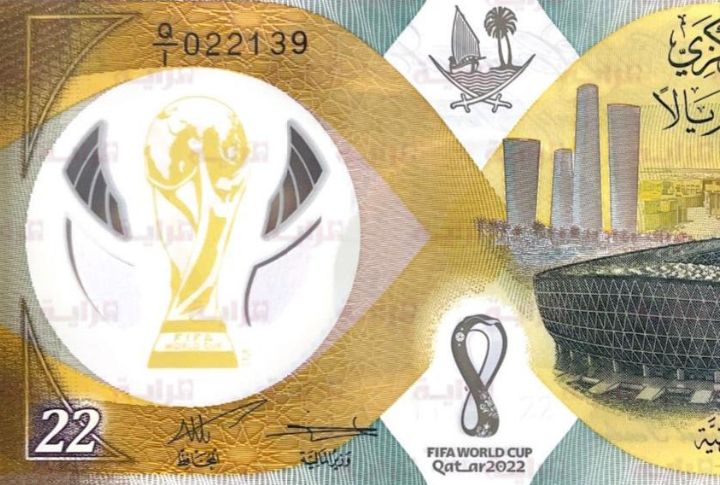
What makes the Qatari Riyal so strong? Set to 0.2740 USD, its strength comes from Qatar’s immense wealth generated by natural gas exports. With one of the highest GDPs per capita, the country has built a resilient currency. The Riyal’s consistency illustrates how strategic resource management can strengthen a nation’s legal tender.
Saudi Riyal
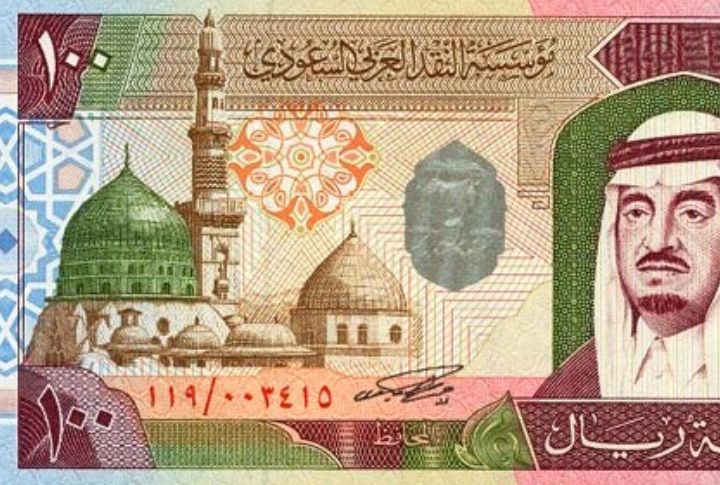
The Saudi Riyal is locked to the US Dollar at 0.2670 USD and gains its unshakable backing from the kingdom’s sprawling oil empire. Billions in oil earnings flow through Riyadh, turning each Riyal into a stake in global energy markets. From executive suites to trading pits, the SAR sets the rhythm for finance across the Middle East.
Emirati Dirham
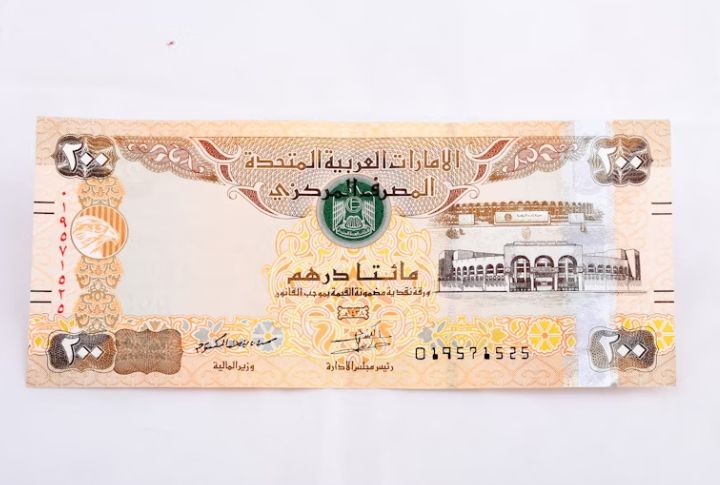
Imagine a currency that barely flinches, no matter how the markets shift. The Emirati Dirham holds steady at a 0.2720 USD rate through its link to the US Dollar, delivering that kind of consistency. Backed by the UAE’s ambitious development and financial planning, it continues to hold strong across borders and sectors.
Danish Krone
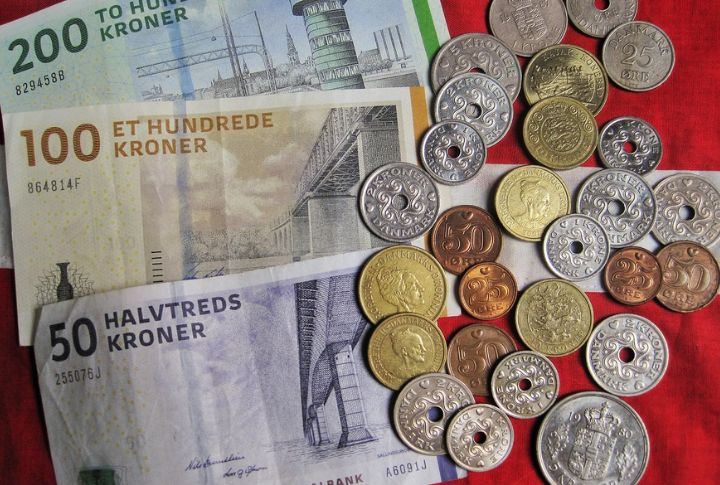
Denmark’s currency moves in close step with the Euro, yet the Danish Krone maintains its own identity. Holding a value of 0.1490 USD, it benefits from a carefully managed link to Europe’s monetary system. This balance between connection and control allows the Krone to remain dependable through changing global conditions.
Turkish Lira
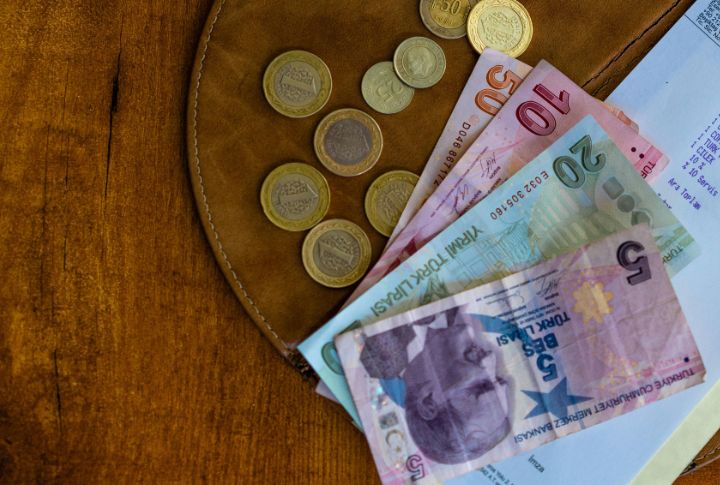
Fluctuations define the Turkish Lira, a currency that rarely stays still. Priced near 0.0260 USD, its value reacts sharply to political shifts and policy changes. Despite the unpredictability, the Lira continues to capture global attention for its bold movements and evolving financial story.
